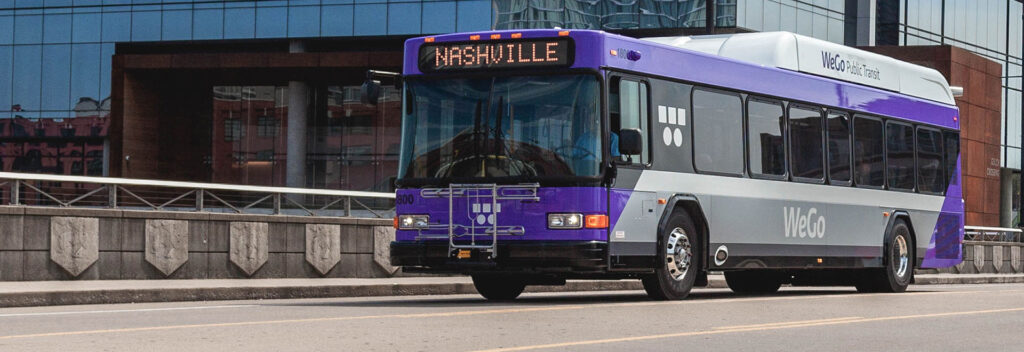
Today’s briefing on Complete Streets — and the view from Decatur, Georgia
 |
| Decatur Mayor Bill Floyd Originally uploaded by TimothyJ |
| Mayor Bill Floyd of Decatur, Georgia helped get complete streets policies adopted in his city, resulting in a safer, more livable enjoyable city. Tell your representatives to support the Complete Streets Act of 2009 in the House and Senate. |
With the Environmental and Energy Study Institute and a few of our key partners this morning, Transportation for America held a briefing on Capitol Hill about Complete Streets — and how putting complete streets into the next transportation bill will go a long way towards improving health, safety and livability for Americans.
Tell your representatives to support the Complete Streets Act of 2009 in the House and Senate.
Decatur, Georgia Mayor Bill Floyd, one of the panelists, told the story of how building complete streets in Decatur have made the city safer and more livable for its residents and visitors. Decatur, a city of about 18,000 just six miles east of downtown Atlanta, adopted ‘complete streets’ policies to ensure that their roadways get designed and improved for all users. But it wasn’t easy to do, and Mayor Floyd said they still face numerous hurdles from the state government.
Why do we need a federal law? Because current plans require variances from GDOT (Georgia Department of Transportation). For every project, it takes a variance. If we got a bike and sidewalk approved, and went back for another one, we’d have to get another variance. Federal laws are applied differently from state to state even.
Just like many Georgia cities, it has several state-maintained highways that pass through it. And those get treated the same way by the Georgia Department of Transportation whether they run through urban Decatur or rural south Georgia.
He pointed specifically to a mid-block crosswalk in downtown — where pedestrians come and go all day long from the MARTA transit hub, shops, and restaurants — with a raised crosswalk and a yield sign in the road between the lanes of traffic. He pointed to a photo of the crossing and noted “that mid-lane crossing sign is in violation of GDOT — they call it a vehicle impediment.” They succeeded in getting the road de-classified as a state highway — a long, difficult process, but one that resulted in them being able to control the design of the road.
One of the biggest reasons why Decatur wants streets safe for walking and biking has to do with their 3,000 children. The city, while only 4 square miles in size, has its own school system with pre-K all the way up to Decatur High School right off the city square. As a result many kids in the city should be within a mile of their school, and those children should be able to walk or bike to school. “Kids love to walk to school and ride those bikes,” Mayor Floyd said. But the streets just weren’t safe enough.
They utilized money in the Safe Routes to School Program (yes, the one proposed for cuts) to improve the safety of their streets, giving kids the chance to be outside and get some incidental exercise on their way to and from school.
Research shows that well-designed sidewalks, bike lanes, intersections, and other street features to accommodate all modes of travel can significantly reduce injuries, deaths, and automobile crashes. Communities adopting the complete streets approach are discovering additional benefits including higher rates of physical activity among residents—an important factor for improved health—and more vibrant business districts and neighborhoods.
Tell your representatives to support the Complete Streets Act of 2009 in the House and Senate.



